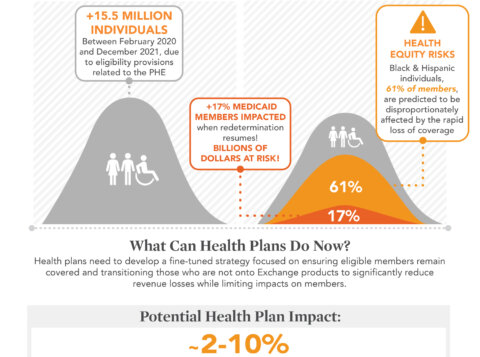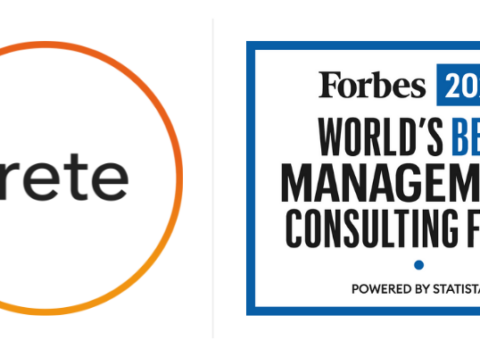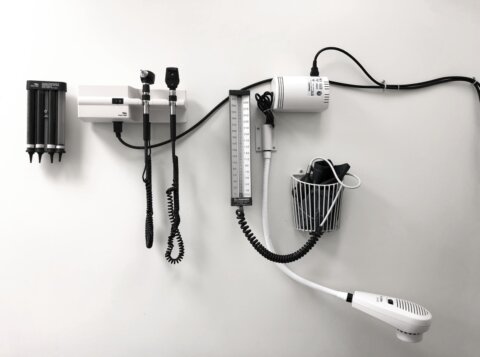Change Management Essentials for Healthcare Payers
This is an AArete Healthcare Payer insight
Change management in healthcare presents unique challenges, but with an effective model in place, healthcare payers can implement strategies that enable their organization to adopt new software and processes, proactively addressing the evolving needs of the healthcare industry.
Some of these challenges include: navigating the operational complexities of adopting new technology, ensuring a new platform adheres to changing compliance requirements, and maintaining employee, member, and provider satisfaction with its adoption.
Although these challenges may tempt payers to delay technology upgrades, the advancements and benefits new systems offer far outweigh the difficulties of transitioning. By employing effective tactics for managing change in healthcare, you can ensure a smooth transition with minimal disruption, allowing your organization to fully realize the benefits of the switch.
Below is our recommended change management model for healthcare payers to ensure a successful shift to new software and technology for your healthcare organization.
1. Select the Best Tools to Optimize Workflows & Improve Productivity
Before implementation can occur, it’s important to identify and invest in the best tools for your company. To do this, you first need to evaluate your current workflows, staff competencies, and infrastructure. What are the strengths and weaknesses of your current processes? Where is the improvement needed? With these strengths and weaknesses well-documented, you can start to explore healthcare payer solutions.
A few critical challenges many healthcare payers face in day-to-day operations include improving payment accuracy, reducing waste, staying up-to-date on latest compliance regulations, and enhancing overall operational efficiency. Our AI-powered tool Payment Intelligence has been designed by industry experts with these specific challenges in mind, and more.
Learn more about Payment Intelligence
2. Plan Ahead to Overcome Common Change Management Challenges
Change management of any kind, but especially within healthcare, comes with its own set of obstacles. However, understanding these ahead of time and planning for them accordingly can help your team transition more seamlessly to updated technology. Some of these challenges include:
- Team Resistance to Change: With early, concise, and clear communication, role-based training, and a phased roll-out, you can address team resistance to change by getting to the root of why they’re hesitant and help them navigate their concerns. More about addressing this challenge is mentioned later.
- Technology Integrations with Existing Healthcare Systems: Not all systems work well together. For healthcare payers, there are some traditional systems that cannot be avoided. Your new software needs to integrate with these systems. That is something you will need to address with the software experts of the new platform you select.
- Data Security and Compliance Concerns: Transitioning to a new software or platform, especially within healthcare, is often accompanied by data security and compliance concerns. Understanding these concerns ahead of time and selecting the right solution and support that ensures data security, protects against cyber threats, and will maintain compliance within your industry’s standards is essential.
Learn more about our Strategy & Change Management Consulting services to help you plan accordingly
3. Engage Stakeholders Early with Clear Vision and Communication
Another effective change management strategy is early stakeholder engagement. As you’re thinking about changing solutions, or after you have chosen a solution to switch to, start casting a vision for why the change needs to be made, how it will benefit the organization, what the purpose and goals of the software transition will be, and encourage an open line of communication and feedback. Emphasize how new software can streamline operations, reduce inefficiencies, and enhance productivity across payer teams. Reiterate the importance of careful planning, your communication plan for the transition via regular check-ins, and support throughout the change process.
4. Offer Comprehensive Training and Support to Employees Ahead of the Change
One of the main reasons team members are resistant to new technology adoption is an unfamiliarity with the new system and processes. By providing comprehensive training ahead of change initiatives and conducting readiness assessments to understand where additional support is needed, you can set your teams up for greater success.
To help you, appoint change leaders from different departments to be a part of a change management team within your organization. This team should guide their individual departments through the organizational change so they can champion the new platform and serve as points of contact for resolving issues. Offer ongoing support via help desks, documentation, and user guides.
5. Implement a Phased Rollout and Utilize AI and Continuous Monitoring During the Transition
Implementing change in the healthcare industry through new technology and software adoption doesn’t have to be done all at once. A phased rollout and the use of AI to track progress against established KPIs can lead to a more successful change management experience.
A phased roll-out could look something like this for healthcare professionals in a payer organization:
- Phase 1: Begin with one department. Rather than release to the entire company at once, start with a single department, such as eligibility verification. Throughout this phase, use AI to automate data entry and verification tasks while tracking KPIs like processing speed, accuracy, and staff satisfaction. Gather employee feedback on the process and results they see. Listen to any pain points they identify and address them, where possible.
- Phase 2: Expand to additional services. Once things are transitioning smoothly with eligibility verification, move on to claims submissions and tracking. Using KPI metrics, like turnaround time and error rates, monitor how the new system and automation performs. Make adjustments accordingly based on staff feedback and documented performance. Provide additional training and support to employees, as needed.
- Phase 3: Implement final rollout across all departments. Identify additional KPIs to be tracked, encourage continued employee feedback, and, similar to previous phases, monitor the transition and make needed adjustments.
Whether you need only three phases or more, create a rollout plan that makes sense for your organization. With the use of AI and our change management expertise, we help healthcare payer organizations create a change management model and plan that makes the most sense for them to ensure a successful transition to upgraded technology and systems that improves the work you do every day.
Learn More About Our Strategy & Change Management Services


































































































































